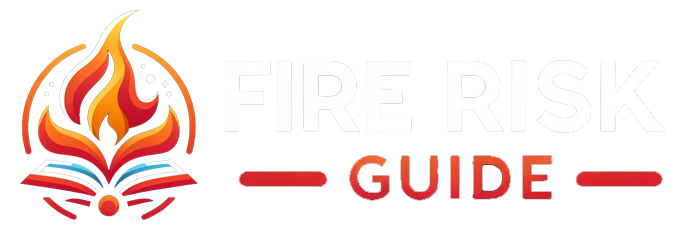The Importance of Using a Fire Extinguisher for Electrical Fires
Fire safety is a critical aspect of everyday life, and understanding the proper use of a fire extinguisher in various situations is crucial. In particular, knowing when and how to use a fire extinguisher for electrical fires is essential for preventing potential disasters. This article aims to emphasize the importance of using a fire extinguisher specifically for electrical fires and provide insights into the best practices for fire safety in such situations.
Electrical fires can occur in any setting where electricity is present, including homes, workplaces, and public places. These fires are often caused by faulty wiring, electrical appliances, overloaded circuits, or other electrical malfunctions. Unlike other types of fires, such as those caused by flammable liquids or combustible materials, electrical fires require special attention and techniques for effective extinguishment.
One of the most common mistakes people make when encountering an electrical fire is attempting to douse it with water. This can be extremely dangerous as water conducts electricity and can lead to electrocution. As such, using a fire extinguisher specifically designed for electrical fires is the safest and most effective approach.
When faced with an electrical fire, it is important to have a Class C fire extinguisher on hand. Class C extinguishers are specifically designed to handle fires involving energized electrical equipment. They contain non-conductive extinguishing agents that can safely put out electrical fires without posing a risk of electric shock to the person using the extinguisher. These extinguishers are typically marked with a blue circle containing the letter “C” to indicate their suitability for use on electrical fires.
In addition to having the right type of fire extinguisher, it is crucial to understand how to use it effectively in the event of an electrical fire. The acronym “PASS” (pull, aim, squeeze, sweep) is often used to provide a simple yet effective guide for using a fire extinguisher.
First, the individual should pull the pin located at the top of the extinguisher to break the tamper seal. This step allows the extinguishing agent to be released when the trigger is squeezed.
Next, the person should aim the nozzle or hose of the extinguisher at the base of the fire, not at the flames themselves. This directs the extinguishing agent to the source of the fire, enabling more effective suppression.
After aiming, the individual should squeeze the trigger or handle to release the extinguishing agent. It is essential to do so in a controlled manner to avoid wasting the agent and to ensure sufficient coverage of the fire.
Finally, the person should sweep the nozzle from side to side while continuing to squeeze the trigger. This sweeping motion helps to ensure that the entire fire is adequately coated with the extinguishing agent.
While the “PASS” technique provides a general guideline for using a fire extinguisher, it is important to remember that safety should always be the top priority. If an electrical fire cannot be controlled with a portable fire extinguisher, it is crucial to evacuate the area immediately and call the fire department for professional assistance.
In addition to knowing how to use a fire extinguisher for electrical fires, it is essential to take preventive measures to minimize the risk of such fires occurring in the first place. This includes regular inspections of electrical equipment, proper maintenance of wiring and appliances, and prudent use of electrical outlets and extension cords. These practices can help to identify potential hazards and address them before they develop into full-fledged fires.
Furthermore, fostering a culture of fire safety awareness and education is crucial for promoting a safe environment in homes, workplaces, and public spaces. This includes providing comprehensive fire safety training to individuals and employees, conducting regular fire drills, and ensuring that fire extinguishers are readily accessible and in good working condition.
In conclusion, understanding the specific requirements for addressing electrical fires and knowing how to use a fire extinguisher effectively are vital components of fire safety. By recognizing the distinct nature of electrical fires and the appropriate measures for handling them, individuals can help to mitigate the potential impact of such fires and protect themselves and others from harm.
In summary, using a fire extinguisher for electrical fires is a critical aspect of fire safety. By having the right type of extinguisher, understanding how to use it effectively, and promoting a culture of fire safety awareness, individuals can contribute to creating a safer environment for themselves and others.

Leave a Reply